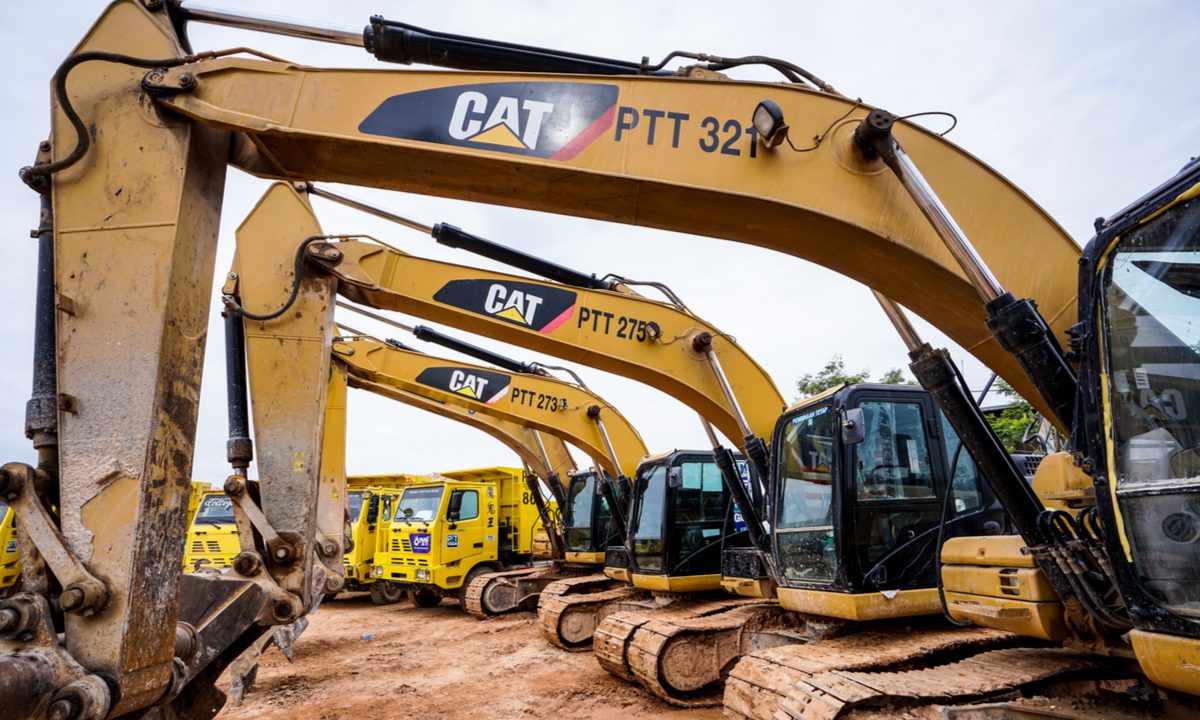Caterpillar’s Q2 Shows How Companies Reap Current Rewards From Old Tech Investments

As ye sow, so shall ye reap, as the saying goes. But when it comes to investments in eCommerce and other digitization efforts, it can take more than one season for corporate efforts to bear fruit.
Cis a case in point. During the company’s second-quarter earnings call, CEO Jim Umpleby highlighted how Cat’s growing services business and internet of things (IoT) initiatives have helped the company maintain performance in the face of stiff supply chain headwinds and rising inflation.
“We now have 1.2 million connected assets,” he told analysts. “So that gives us much better visibility for everything, from getting the right parts to the right dealer so that the customers get them when they need it, to allowing us to help customers avoid downtime, maximizing availability, maximize production.”
Combined with robust eCommerce offerings and a rebound in construction and mining work after a lockdown-enforced lull, and the result was a strong showing for the period, despite the economy. Sales in the company’s critical U.S. market, for instance, rose 20% year over year.
To be sure, Cat isn’t the only company enjoying near-term benefits from capital investments it made long ago. And certainly it is easier for such industrial behemoths to maintain a long-term perspective, but small and medium businesses (SMBs) may be able to leverage software-as-a-service to substitute manageable subscriptions for challenging cap expenditure.
‘Hand-to-Hand Combat’
But tellingly, the phrase “supply chain” was spoken 37 times during the call, verbal proof of the fact that the firm, while one of the largest purchasers in the world, remains plagued by the persistently acute issue. The firm has not seen a significant improvement in supply chain at the macro level, nor does the manufacturer of locomotives see light at the end of the tunnel.
Cat experienced supply-chain-related cost inflation including increased procurement, transportation and inventory expenses. Reported commodity price drops have not yet worked their way through the supply chain.
“We have not seen a significant improvement in supply chain. It’s still hand-to-hand combat. Our teams are working way through those issues,” CEO Umpleby said during the call. “We have not seen them ease. It changes from component to component. One day, it’s one issue; the next day, it’s another issue. But at the macro level, we have not yet seen an improvement.”
From a payments perspective, the struggles illustrate how important transparency and visibility up and down the supply chain line has become. The value of bundling ecommerce with the IoT to maximize efficient flow of goods and services increases by exponential orders of magnitude as a function of supply constraints.
